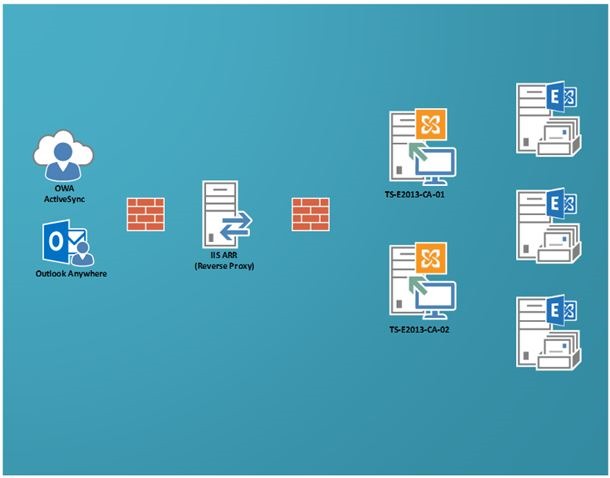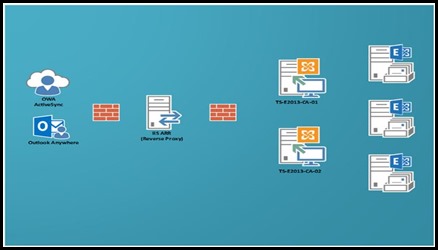
Reverse Proxy for Exchange Server 2013 using IIS ARR
For a long time, ForeFront TMG (and ISA before it) has been the go-to Microsoft reverse proxy solution for many applications,
including Exchange Server. However, with no more development roadmap for TMG 2010 a lot of customers are looking out for an alternative solution that works well with Exchange Server 2013.
The Windows team have added an additional component called Application Request Routing
(ARR, or as Greg the pirate says, ARR!) 2.5 to the Internet Information Service (IIS) role,
which enables IIS to handle reverse proxy requests. By using the URL Rewrite Module
and Application Request Routing you can implement complex and flexible load balancing and reverse proxyconfigurations.
There are three options when implementing this solution and each have their pros and cons, which I’ll cover in three posts. In this first post, we’ll take a look at:
- Installation steps.
- Option 1 of implementing ARR as a reverse proxy solution for Exchange 2013 (this option is the simplest of the three configurations).
In the next 2 posts in the series, we’ll cover Options 2 & 3 and some troubleshooting steps.
The troubleshooting steps would also help you to verify if you have implemented the reverse proxy solution correctly.
Here’s a diagram of the environment we’ll use when discussing how to implement ARR.
Taken from the site of Thanks Team Blog
Yaniv Totshvili
Microsoft MVP | Exchange Server



